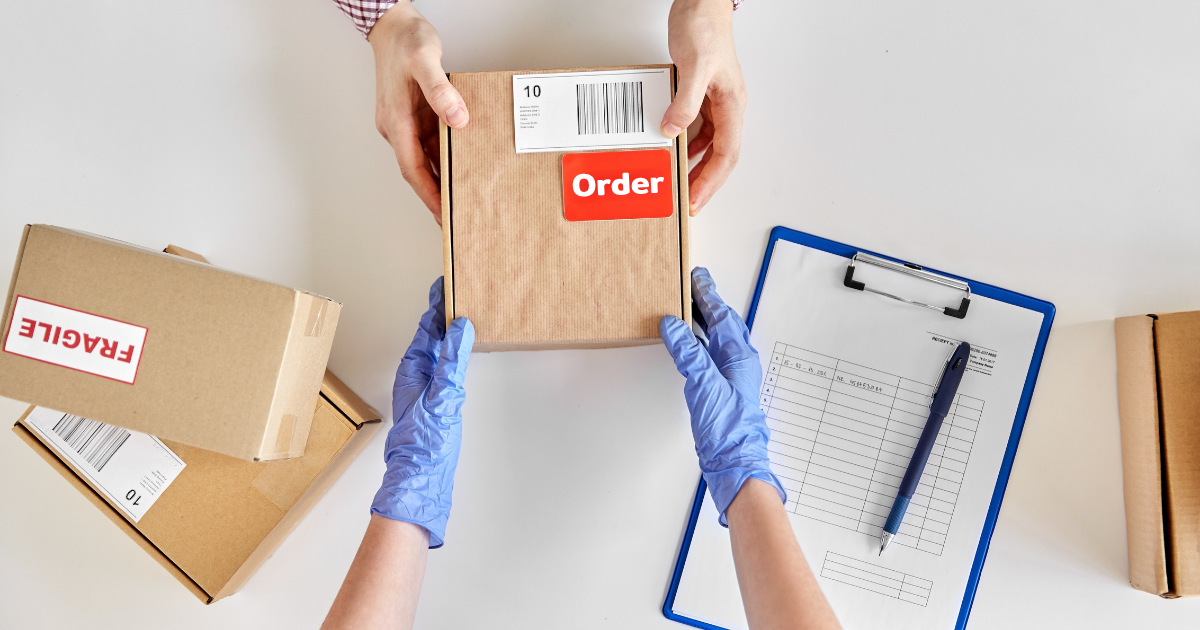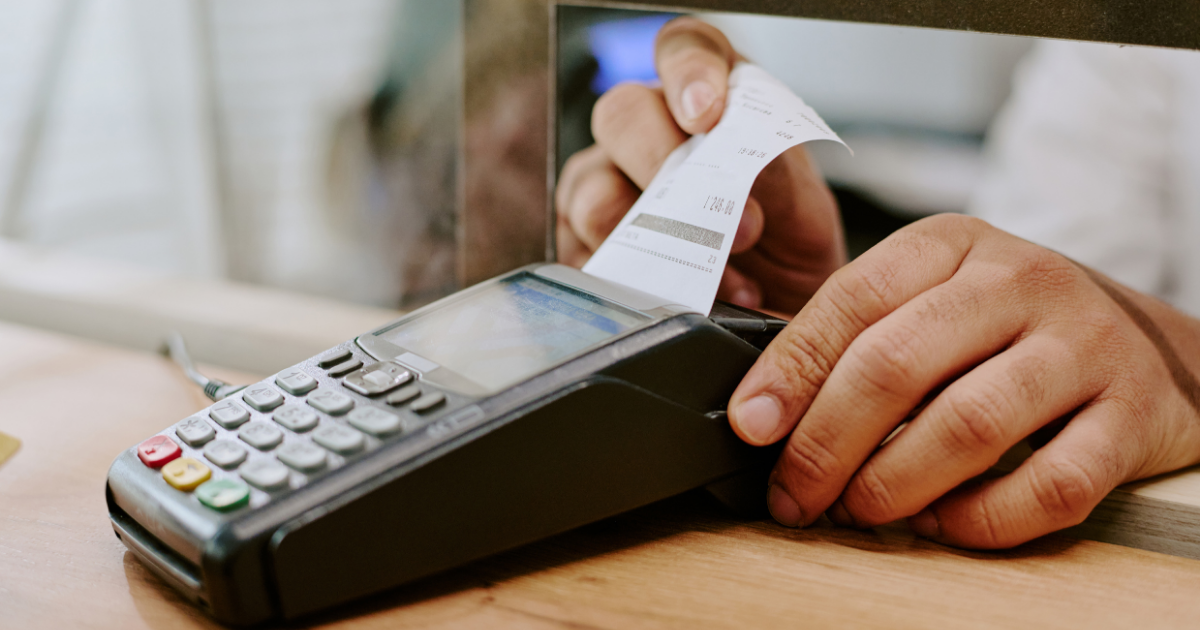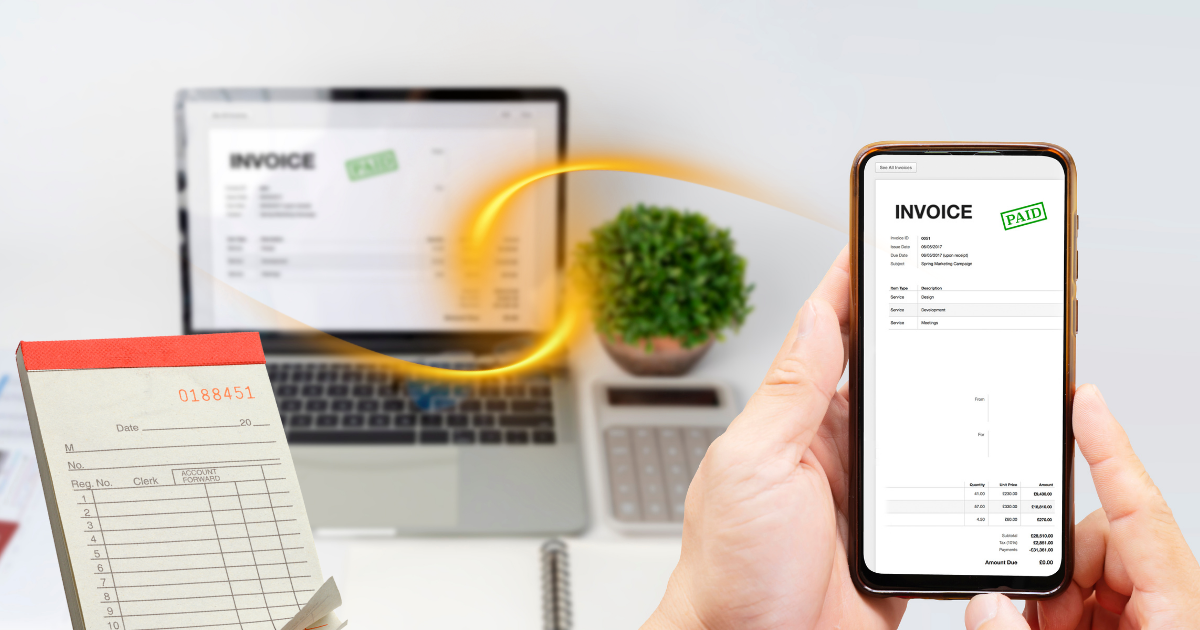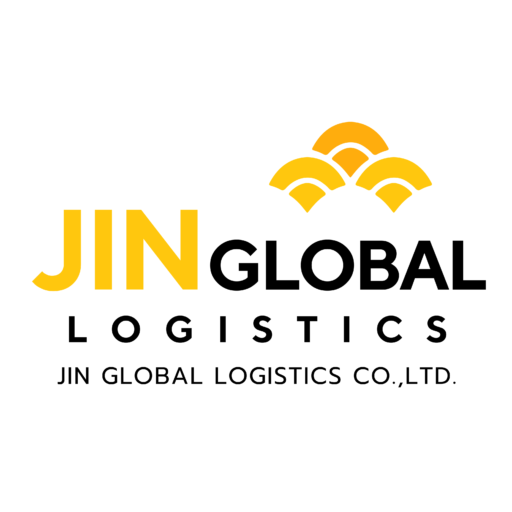The Importance of a Purchase Order (P/O) ?
In the fast-paced world of international trade, trust and transparency are everything. Whether you’re buying raw materials, sourcing OEM products, or managing imports from overseas, one document quietly holds everything together — the Purchase Order (P/O).
Let’s take a closer look at what a Purchase Order really means in modern trade and why it’s the foundation of trust between buyers and sellers worldwide.
Contact us nowTable of Content
What is Purchase Order
How a Purchase Order protect buyer?
What should a standard purchase order include
The Evolution of P/O in modern trade
Conclusion

What is a Purchase Order (P/O) and Why Does It Matter?
A Purchase Order (P/O) is a formal document issued by a buyer to a seller, confirming the intent to purchase specific goods or services.
Unlike an informal quote or verbal agreement, a P/O serves as legal proof of an approved transaction. Once accepted by the seller, it becomes a mutually binding contract that protects both sides.
A standard Purchase Order typically includes:
-
Item details: Product names, specifications, and quantities.
-
Agreed price: The negotiated rate per unit and total cost.
-
Payment terms: When and how the payment will be made.
-
Delivery instructions: Date, method, and shipping address.
-
Terms and conditions: Warranties, penalties, and return policies.
In short, the Purchase Order is not just paperwork. It’s the safeguard of certainty that turns a conversation into a trusted business transaction between buyer and seller.

How a Purchase Order Protects Buyers
For buyers, a Purchase Order is more than just a record of intent it’s a defensive tool that protects their investment and ensures every transaction remains transparent. In global trade, where orders travel across multiple parties and time zones, having clear documentation can mean the difference between success and loss.
A well-structured P/O offers to buyers :
-
1. Clarity of Terms and Conditions
A signed P/O defines what has been agreed upon — the quantity, specifications, and pricing — leaving no room for misunderstanding or hidden charges. It creates a shared reference point that both sides can rely on. -
2. Financial Control and Budget Tracking
Each Purchase Order represents an approved expenditure within a company’s accounting system. This helps buyers maintain control over budgets and monitor spending efficiently. -
3. Proof of Agreement in Case of Disputes
If the supplier fails to deliver as promised, the P/O becomes legal evidence showing what was ordered and under what terms — making it easier to request replacements, refunds, or compensation. -
4. Prevention of Fraud or Unauthorized Purchases
Since P/Os are usually numbered and logged in digital systems, they prevent unauthorized orders by employees or third parties. Every step can be verified against the official document. -
5. Simplified Communication Across Departments
Procurement, finance, and logistics teams can all refer to the same document, ensuring smooth coordination without confusion or duplicated orders.
Professional Sea Frieght Thailand

What Should a Standard Purchase Order Include?
A Purchase Order (P/O) is only as strong as the details it contains. When it’s prepared correctly, it serves as a legal and operational reference that keeps every party aligned from procurement to accounting to delivery.
Below are the key components that every standard Purchase Order should include:
-
1. Buyer and Seller Information
Full legal names, company addresses, and contact details. This ensures clarity about who is responsible for issuing and fulfilling the order. -
2. P/O Number and Date of Issue
Each Purchase Order should have a unique identification number and date. This makes tracking, referencing, and filing easier across departments and during audits. -
3. Product or Service Description
A detailed list of all items being purchased, including part numbers, specifications, model names, or service details — to eliminate ambiguity. -
4. Quantity and Unit Price
Precise information about quantities ordered and price per unit. This section should also show the total amount payable before tax or shipping fees. -
5. Payment Terms and Method
Specifies how and when payments will be made — e.g., 30% deposit / 70% upon delivery, or Net 30 via bank transfer. It sets financial expectations upfront. -
6. Delivery Schedule and Location
Expected shipping date, method of transport, and delivery address. This keeps logistics teams informed and prevents shipment delays. -
7. Terms and Conditions
Includes warranty details, penalties for late delivery, return policies, or intellectual property clauses. It acts as the contract’s “fine print.” -
8. Authorized Signatures
Both buyer and seller should sign or digitally approve the document. This confirms mutual agreement and makes the P/O legally binding.

The Evolution of Purchase Orders in Modern Trade
The traditional Purchase Order (P/O) has evolved significantly over the years. In the past, most businesses relied on paper-based P/Os that required manual signatures and physical delivery. While these documents provided a tangible record, they often caused delays, miscommunication, and the risk of lost paperwork.
Today, many companies have shifted to electronic Purchase Orders (e-P/Os), created and exchanged through digital platforms such as ERP or procurement systems. These electronic forms allow instant transmission between buyers and sellers, improving accuracy and reducing administrative workload.
Modern e-P/Os are now integrated with accounting, inventory, and logistics systems, ensuring that every step of the purchasing process is automatically recorded. This transformation not only speeds up transactions but also enhances visibility, making it easier for both sides to track progress and verify details.
Interested Article

Conclusion
In conclusion, a Purchase Order is more than a formality; it’s the backbone of trust between buyers and sellers. It defines accountability, reduces risk, and strengthens business relationships. In today’s digital era, using structured, verifiable P/Os helps organizations operate efficiently while maintaining professionalism and protection at every stage of trade. A well-managed Purchase Order system is not just a document it’s a safeguard for global commerce
At JIN GLOBAL LOGISTICS, we deliver All Solutions Logistics Services from sourcing and supplier coordination in China to shipment tracking and customs documentation ensuring your Purchase Orders are handled with precision and care
If you’re looking for partner in Logistics for business,
Give us a chance to support your shipment. Click below to contact us.







